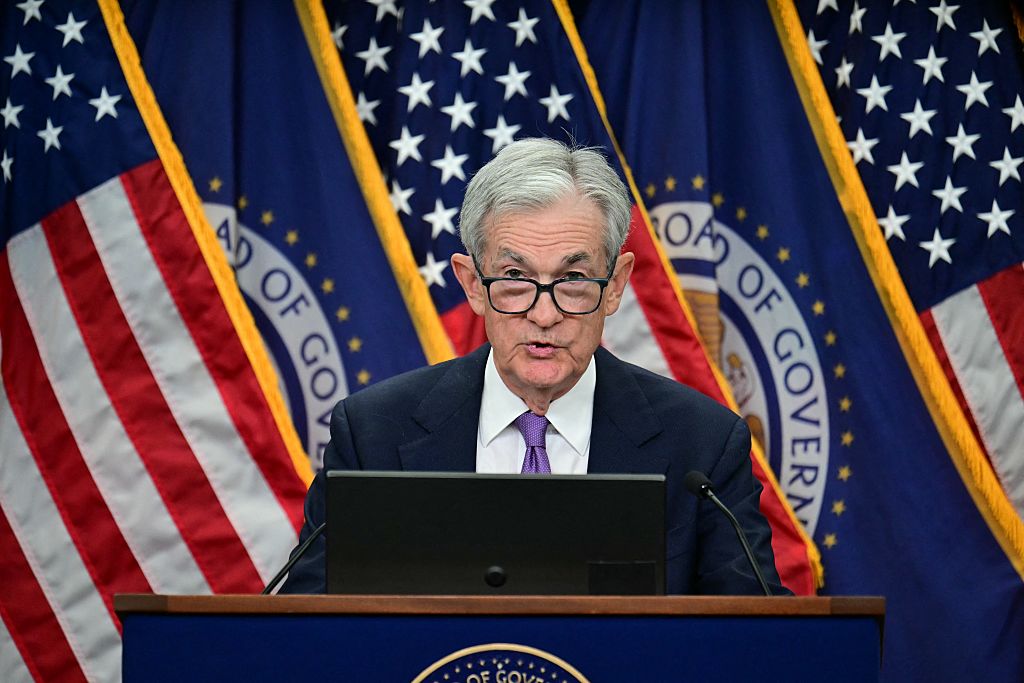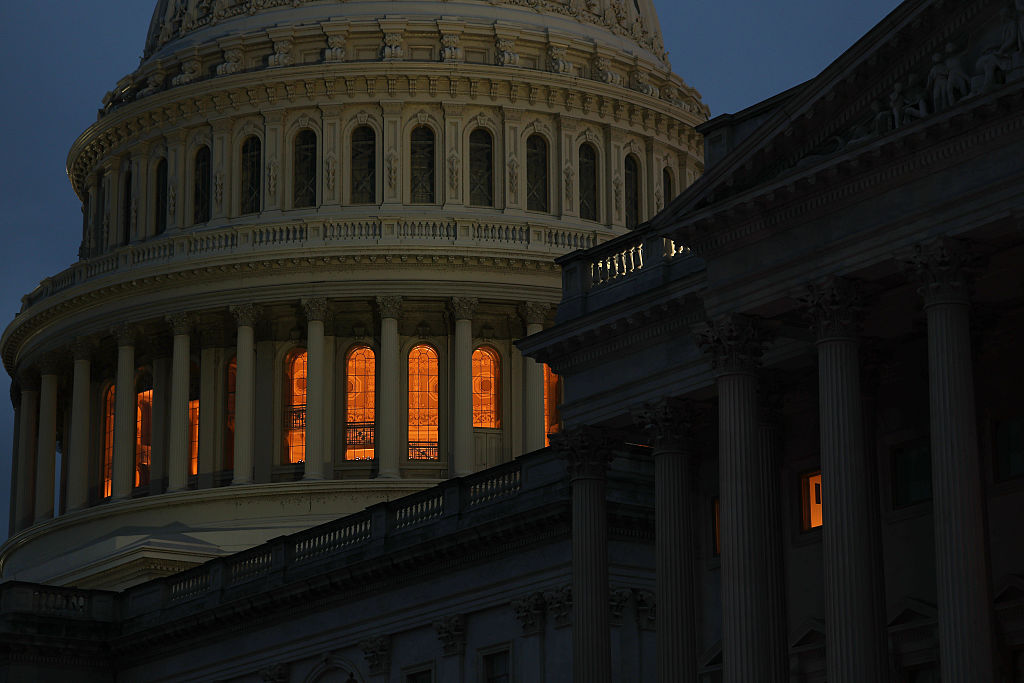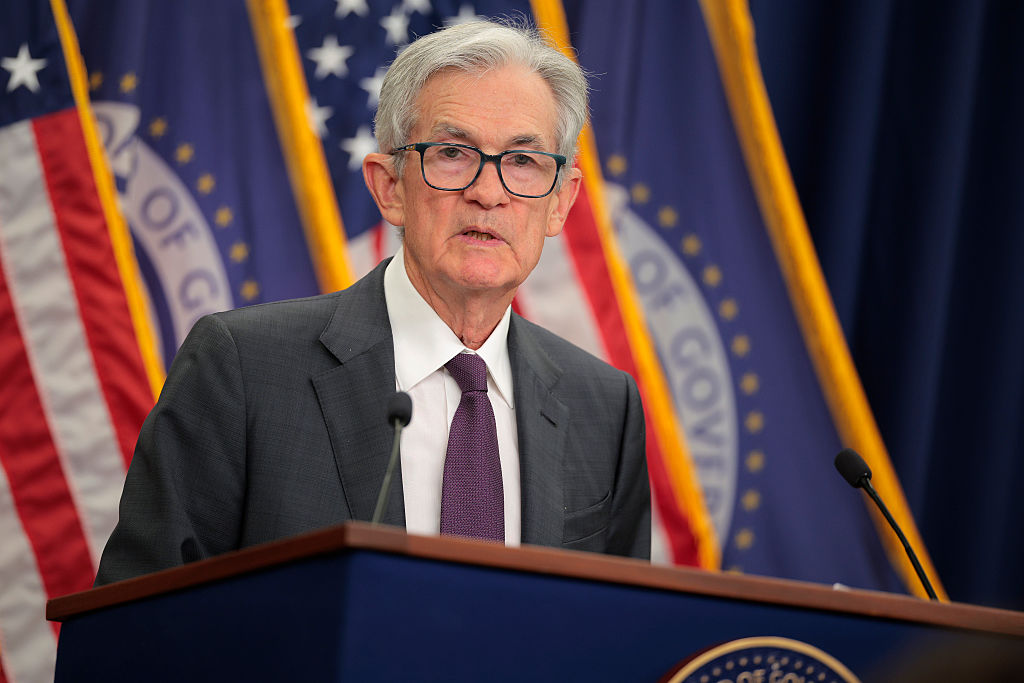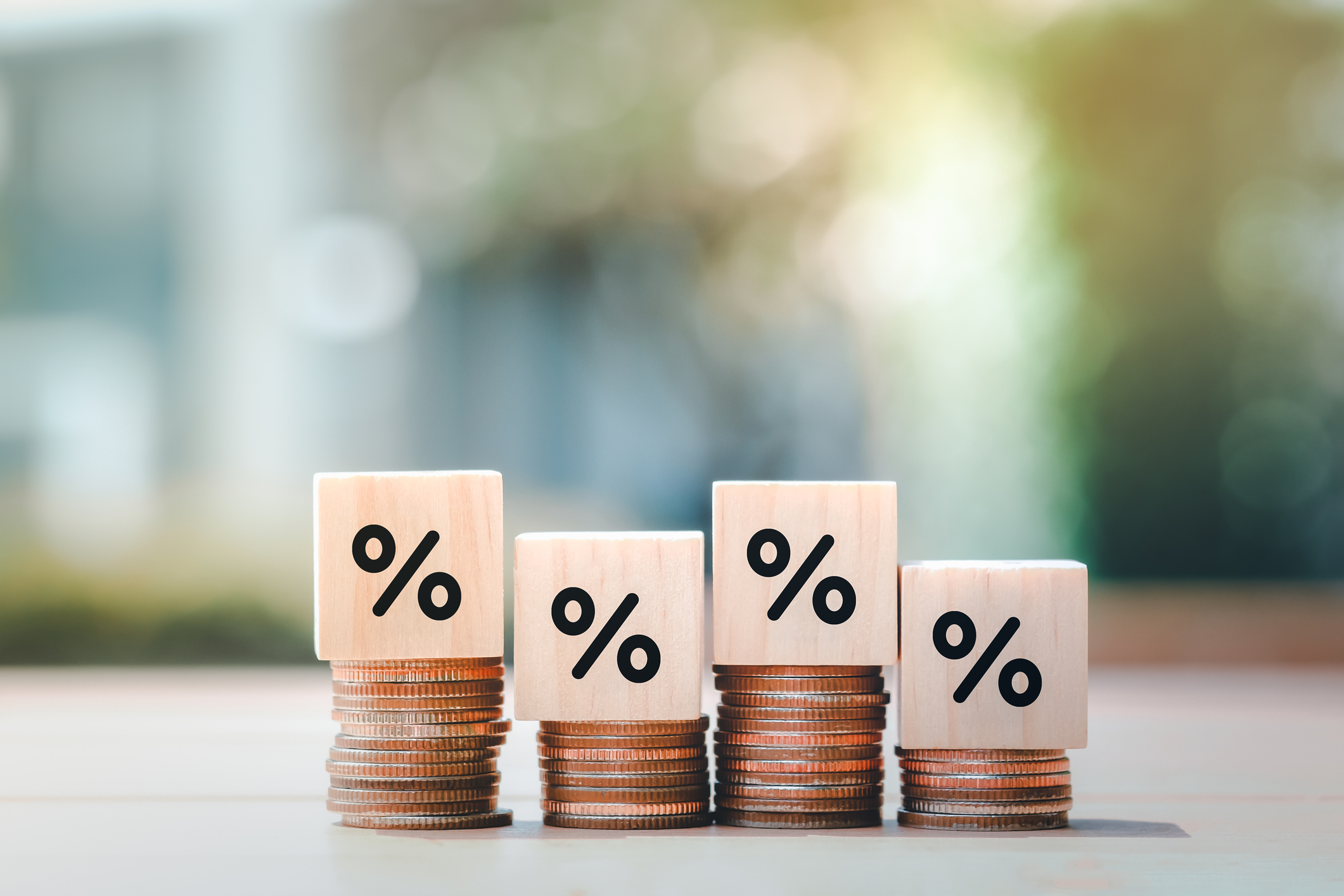Home Prices Decline Once Again: What the Experts Are Saying
A three-month streak of lower home prices shows that the Federal Reserve's bid to cool inflation is working.


Home prices declined for a third straight month in September amid a rapidly cooling housing market.
The longest streak of monthly declines in a decade comes courtesy of a surge in mortgage rates, which have been fostered by the Federal Reserve in order to halt inflationary pressures across the economy.
For the record, the S&P CoreLogic Case-Shiller National Home Price Index fell 1% in September from August. The index, which measures homes prices across the U.S., has lost 2.6% of its value over the past three months.
From just $107.88 $24.99 for Kiplinger Personal Finance
Become a smarter, better informed investor. Subscribe from just $107.88 $24.99, plus get up to 4 Special Issues

Sign up for Kiplinger’s Free Newsletters
Profit and prosper with the best of expert advice on investing, taxes, retirement, personal finance and more - straight to your e-mail.
Profit and prosper with the best of expert advice - straight to your e-mail.
Year-over-year, home prices rose 10.6% in September, boosted by low levels of housing inventory.
"As the Federal Reserve continues to move interest rates higher, mortgage financing continues to be more expensive and housing becomes less affordable," Craig Lazzara, managing director at S&P Dow Jones Indices, said in a press release. "Given the continuing prospects for a challenging macroeconomic environment, home prices may well continue to weaken."
To get a sense of what the experts make of the latest reading on home prices, below please find select commentary from economists, strategists and other market pros, sometimes edited for brevity.
- "The S&P Index fell 1.24% month-over-month, coming in right around expectations (Barclays and consensus -1.2% month-over-month) and the first time since 2012 showing three consecutive months of declines. Recent trends have begun to chip away at the robust increases over the past year, with prices still up 10.43% year-over-year. In September, major U.S. cities showed continued declines, reflecting the Fed's interest rate hike path affecting the housing market." – Colin Johanson, U.S. macroeconomic research analyst at Barclays
- "It is clear that the slowdown in the housing market continues but the weakness is not homogeneous across the country. In fact, six out of the nine regions of the country saw home prices increase in September compared to the previous month while all of them saw home prices increase on a year earlier basis. Meanwhile, every region of the country saw home prices increase compared to a year earlier. The highest year-over-year increase in home prices was in the South Atlantic region, up 15.2, followed by the East South-Central region, with an increase of 14.0%, the West South-Central region, up 11.1%, the East North Central region, up 10.4%, and the Middle Atlantic region, up 10.1%." – Eugenio Alemán, chief economist at Raymond James
- "The tech industry's correction is having an outsize impact on house prices and valuations in the Bay Area and Pacific Northwest, but price declines in the rest of the country are less severe. Surging mortgage rates and high prices have led to a big pullback in home construction and sales, but aside from the big pullback in tech-centric metros, national house prices have so far seen only modest decreases. Housing will be a headwind to the broader economy over the next year, but a mid-2000s style blowup seems quite unlikely. Mortgage underwriting standards became much stricter after the Great Recession. And most homeowners have lots of equity in their homes and stronger balance sheets generally than when the last housing boom went bust. Even so, the continued pullback in the housing and commercial real estate markets is going to be a major headwind to the economy, likely holding real GDP growth to near zero in 2023 and leading to a moderate increase in the unemployment rate from its current very low level." – Bill Adams, chief economist for Comerica Bank
- "The S&P Case-Shiller 20-city composite index showed the U.S. housing market sputtered further in September, with prices falling 1.2% month-over-month. That was the third straight decline as higher borrowing costs continue to push aside potential buyers and slow demand. And, while annual price growth is still holding in the double-digits, up 10.4% year-over-year, it's slowing pretty quickly, and is down from the above-20% growth seen earlier this year." – Priscilla Thiagamoorthy, economist at BMO Capital Markets
- "As home prices cool, the 'owners equivalent rent' component in Consumer Price Index is expected to moderate, which will be one of the keys to helping inflation cool off." – Louis Navellier, chairman and founder of Navellier & Associates
Profit and prosper with the best of Kiplinger's advice on investing, taxes, retirement, personal finance and much more. Delivered daily. Enter your email in the box and click Sign Me Up.

Dan Burrows is Kiplinger's senior investing writer, having joined the publication full time in 2016.
A long-time financial journalist, Dan is a veteran of MarketWatch, CBS MoneyWatch, SmartMoney, InvestorPlace, DailyFinance and other tier 1 national publications. He has written for The Wall Street Journal, Bloomberg and Consumer Reports and his stories have appeared in the New York Daily News, the San Jose Mercury News and Investor's Business Daily, among many other outlets. As a senior writer at AOL's DailyFinance, Dan reported market news from the floor of the New York Stock Exchange.
Once upon a time – before his days as a financial reporter and assistant financial editor at legendary fashion trade paper Women's Wear Daily – Dan worked for Spy magazine, scribbled away at Time Inc. and contributed to Maxim magazine back when lad mags were a thing. He's also written for Esquire magazine's Dubious Achievements Awards.
In his current role at Kiplinger, Dan writes about markets and macroeconomics.
Dan holds a bachelor's degree from Oberlin College and a master's degree from Columbia University.
Disclosure: Dan does not trade individual stocks or securities. He is eternally long the U.S equity market, primarily through tax-advantaged accounts.
-
 Fed's Rate Cuts Could Have Impacts You Might Not Anticipate
Fed's Rate Cuts Could Have Impacts You Might Not AnticipateUnderstanding how lower interest rates could impact your wallet can help you determine the right financial moves to make.
-
 Past Performance Is Not Indicative of Your Adviser's Expertise
Past Performance Is Not Indicative of Your Adviser's ExpertiseMany people find a financial adviser by searching online or asking for referrals from friends or family. This can actually end up costing you big-time.
-
 I'm want to give my 3 grandkids $5K each for Christmas.
I'm want to give my 3 grandkids $5K each for Christmas.You're comfortably retired and want to give your grandkids a big Christmas check, but their parents are worried they might spend it all. We ask the pros for help.
-
 December Fed Meeting: Updates and Commentary
December Fed Meeting: Updates and CommentaryThe December Fed meeting is one of the last key economic events of 2025, with Wall Street closely watching what Chair Powell & Co. will do about interest rates.
-
 The Delayed September Jobs Report Is Out. Here's What It Means for the Fed
The Delayed September Jobs Report Is Out. Here's What It Means for the FedThe September jobs report came in much higher than expected, lowering expectations for a December rate cut.
-
 October Fed Meeting: Updates and Commentary
October Fed Meeting: Updates and CommentaryThe October Fed meeting is a key economic event, with Wall Street turned into what Fed Chair Powell & Co. did about interest rates.
-
 The Delayed September CPI Report is Out. Here's What it Signals for the Fed.
The Delayed September CPI Report is Out. Here's What it Signals for the Fed.The September CPI report showed that inflation remains tame – and all but confirms another rate cut from the Fed.
-
 Banks Are Sounding the Alarm About Stablecoins
Banks Are Sounding the Alarm About StablecoinsThe Kiplinger Letter The banking industry says stablecoins could have a negative impact on lending.
-
 Government Shutdown to Delay Data, Including Key Jobs Report
Government Shutdown to Delay Data, Including Key Jobs ReportWhile government shutdowns typically don't impact stock returns, they can delay the release of key economic data – including the monthly jobs report.
-
 September Fed Meeting: Updates and Commentary
September Fed Meeting: Updates and CommentaryThe September Fed meeting is a key economic event, with Wall Street keyed into what Fed Chair Powell & Co. will do about interest rates.
-
 Hot August CPI Report Doesn't Shift the Rate-Cut Needle: What the Experts Say
Hot August CPI Report Doesn't Shift the Rate-Cut Needle: What the Experts SayThe August CPI came in higher than forecast on a monthly basis, but Wall Street still expects a rate cut at next week's Fed meeting.